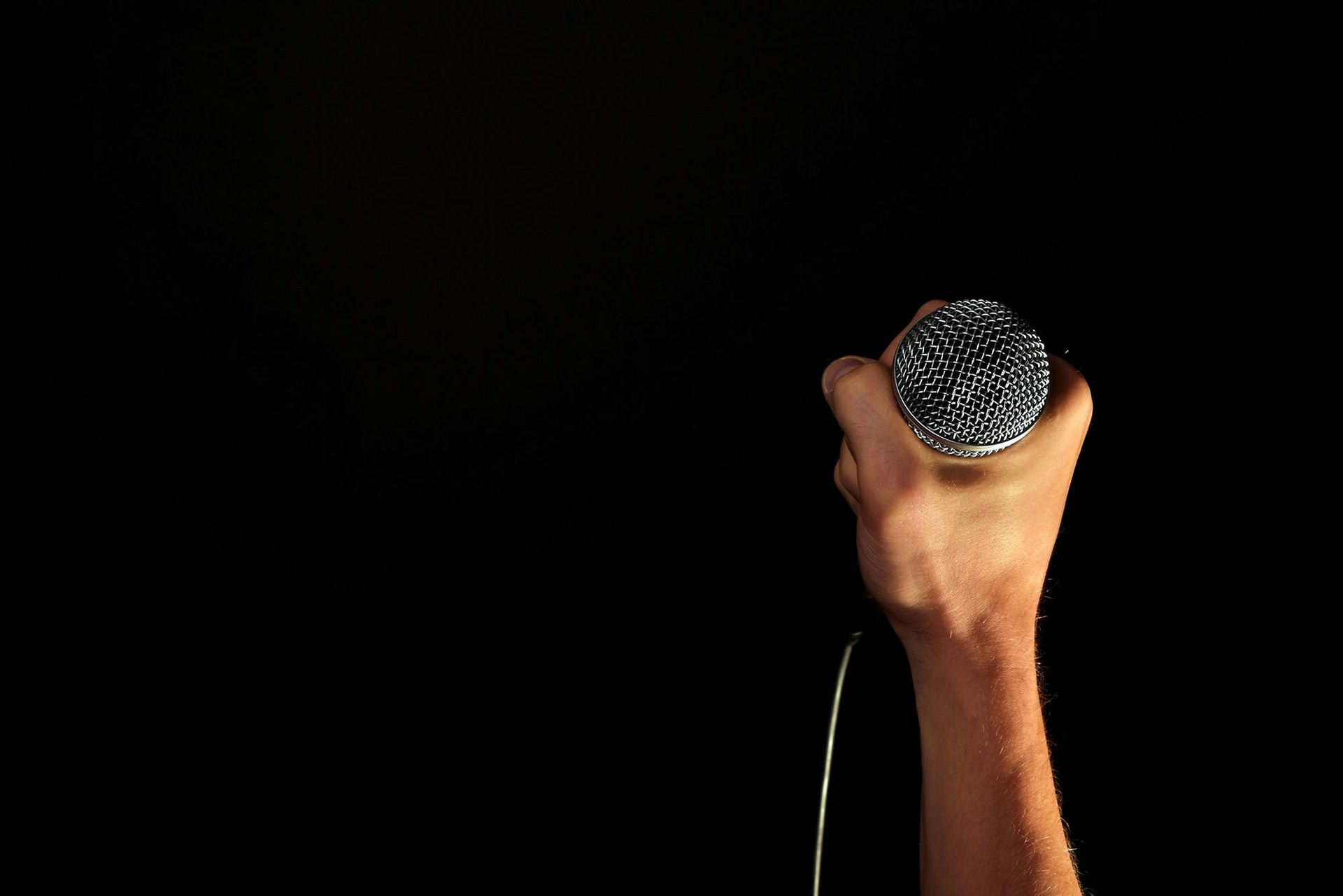The Gospel of John
"That You May Beleive"
If the Synoptic Gospels (Matthew, Mark, and Luke) tell us what Jesus said and did, the Gospel of John invites us into the mystery of who Jesus truly is. John pulls back the curtain, so to speak—not merely giving us a chronological biography, but a deep theological portrait of the eternal Son of God who took on flesh to bring life to the world.
John wrote with one explicit goal: that you may believe. And in believing, that you may have life in His name.
Author & Setting
The Gospel of John was written by John the Apostle, “the disciple whom Jesus loved,” one of Jesus’ closest companions. Likely written between A.D. 80–90, John’s Gospel stands apart in both tone and content.
Over 90% of the material in John is unique compared to the other Gospels. It includes extended discourses, personal conversations, and theological reflections not found elsewhere. While the Synoptics focus on Jesus’ ministry in Galilee, John draws our attention to Jerusalem, emphasizing key moments that reveal Jesus' identity and mission.
Big Picture Theme
Jesus is the eternal Son of God who became flesh to reveal the Father and bring eternal life to all who believe. John wants us to behold the glory of Christ—not just as a great teacher or miracle-worker, but as God Himself.
“These are written so that you may believe that Jesus is the Christ, the Son of God, and that by believing you may have life in his name.”
— John 20:31
Key Verses
- John 1:1,14
“In the beginning was the Word… and the Word was God… And the Word became flesh and dwelt among us…”
- John 3:16
“For God so loved the world, that he gave his only Son, that whoever believes in him should not perish but have eternal life.”
- John 14:6
“I am the way, and the truth, and the life. No one comes to the Father except through me.”
Major Themes
- Jesus is the Son of God
John is unapologetic: Jesus is not merely a messenger from God—He is God. From the opening verse to the final resurrection appearance, this Gospel boldly proclaims Jesus' divine identity. - Eternal Life Through Belief
John uses the word “believe” nearly 100 times. Eternal life is not earned, inherited, or bought—it is given by grace to those who trust in Christ. - The Glory of Christ
Jesus reveals the glory of the invisible God. In His miracles (which John calls “signs”), in His teaching, in His death, and especially in His resurrection, we see the radiance of divine glory. - Personal Encounters with Jesus
John includes rich, intimate dialogues—Nicodemus (John 3), the woman at the well (John 4), the man born blind (John 9), and Lazarus’ family (John 11). Jesus meets people where they are and changes their lives forever. - The “I AM” Statements
Jesus uses divine self-identification repeatedly:
- “I am the bread of life”
- “I am the light of the world”
- “I am the good shepherd”
- “I am the resurrection and the life”
- “I am the true vine”
These echo God's covenant name in Exodus 3:14 and declare that Jesus is the great I AM.
John’s Structure
John’s Gospel can be broadly divided into two major sections:
- The Book of Signs (Ch. 1–12):
Jesus performs miracles ("signs") that reveal His divine identity and provoke either faith or rejection. - The Book of Glory (Ch. 13–21):
John slows down dramatically to walk us through Jesus’ final hours—His farewell discourse, crucifixion, and resurrection.
And wrapped around both of these sections is John’s Prologue (1:1–18)—a theological overture declaring that Jesus is the eternal Word—and an epilogue (chapter 21) in which the risen Christ restores Peter and commissions His disciples.
Why John Matters Today
In a world of relativism, religious pluralism, and spiritual confusion, John speaks with bold clarity: Jesus is the only way to God. He is not a life coach, guru, or moral example. He is the Son of God. To know Him is to know truth. To follow Him is to find life.
John also speaks to the weary and wounded. The Jesus of John is not only glorious—He is personal. He weeps at Lazarus’ tomb. He tenderly restores Peter after his failure. He comforts anxious hearts in the Upper Room. He washes His disciples’ feet. And He goes to the cross, willingly, for love.
If you're asking whether Christianity is true, or whether it has anything to offer a broken world, John says: Look at Jesus. And believe.
How John Points Us to Jesus
John doesn’t just describe Jesus—he unveils Him.
In John, Jesus is the Lamb of God, the Light of the World, the Good Shepherd, the Bread of Life, and the Resurrection and the Life. But above all, Jesus is God made flesh—who came to die in our place, rise again, and offer eternal life to all who trust in Him.
The final scenes are breathtaking: a risen Christ standing in triumph, commissioning His disciples, and restoring His people. The One who was lifted up on the cross now reigns with all authority.
Reflection Question
Do you believe?
John’s Gospel doesn’t leave room for neutrality. It presses the question on every reader: Will you believe that Jesus is the Christ, the Son of God? Have you received the life that only He can give?
Up Next in the Bible Series
Next, we’ll walk into the Book of Acts, where the risen Jesus sends His Spirit and launches the global mission of the church.










